Decentralized Exchange (DEX) Overview
When working with decentralized exchange, a blockchain‑based platform that lets users trade tokens without a central authority. Also known as DEX, it replaces traditional order books with open protocols that run on smart contracts. A DEX decentralized exchange opens up finance to anyone with an internet connection, removes custodial risk, and lets you stay in control of your private keys.
Key Components of a DEX
One of the main building blocks is the automated market maker, a smart‑contract algorithm that sets prices based on supply and demand. Known as AMM, it eliminates the need for matching buyers and sellers. The AMM relies on a liquidity pool, a reserve of two tokens that users deposit to earn fees. These pools enable token swaps, instant trades between assets directly from the pool, which powers most DEX trades today. Together they form the core of decentralized finance (DeFi), allowing lending, staking, and yield farming without intermediaries.
Our collection below covers everything from in‑depth exchange reviews and security checks to how AMMs like Balancer v2 compare with Uniswap, the role of liquidity mining, and strategies such as dollar‑cost averaging for volatile markets. Whether you’re hunting for the safest DEX, want to understand tokenomics behind a new coin, or need practical tips on using a DEX for yield farming, the articles ahead give you hands‑on guidance and the latest trends shaping the space.
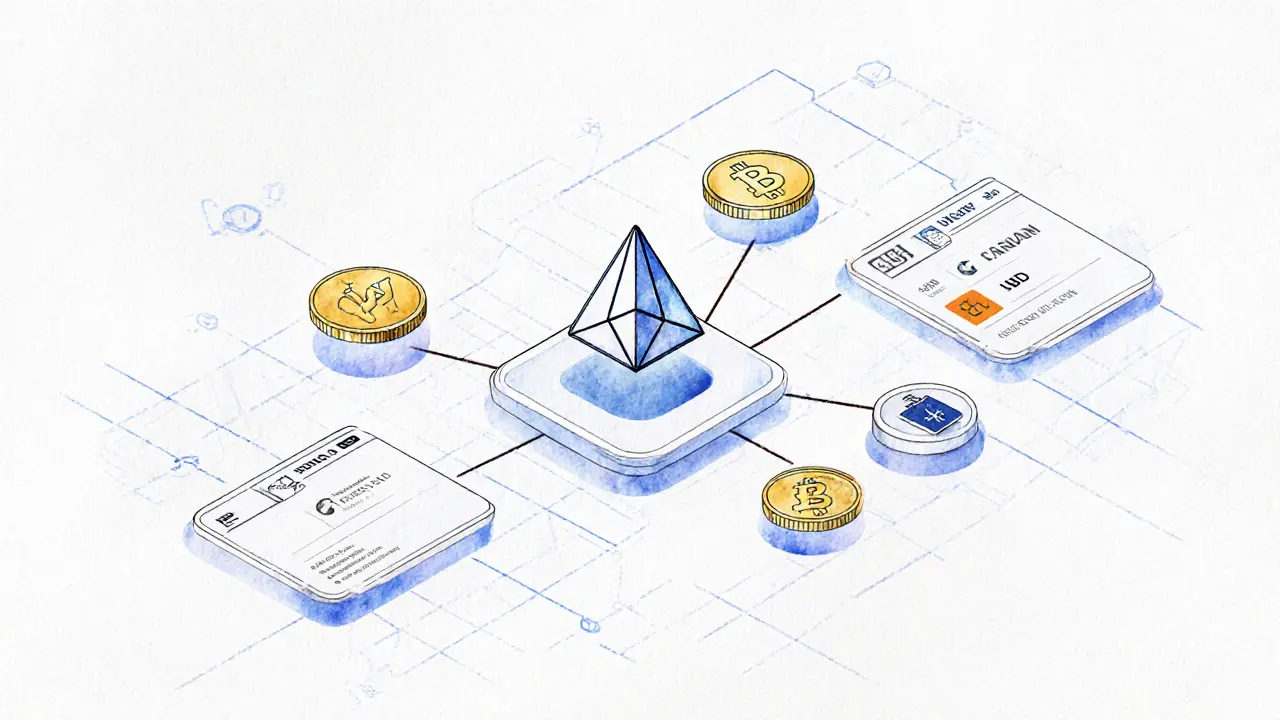
WingRiders Crypto Exchange Review: Cardano’s Leading DeFi DEX in 2025
WingRiders is Cardano's leading decentralized exchange, offering token swaps, stablecoin trading, and multi-reward yield farming through its WRT token. Learn how it works, why it's different, and if it's right for you in 2025.
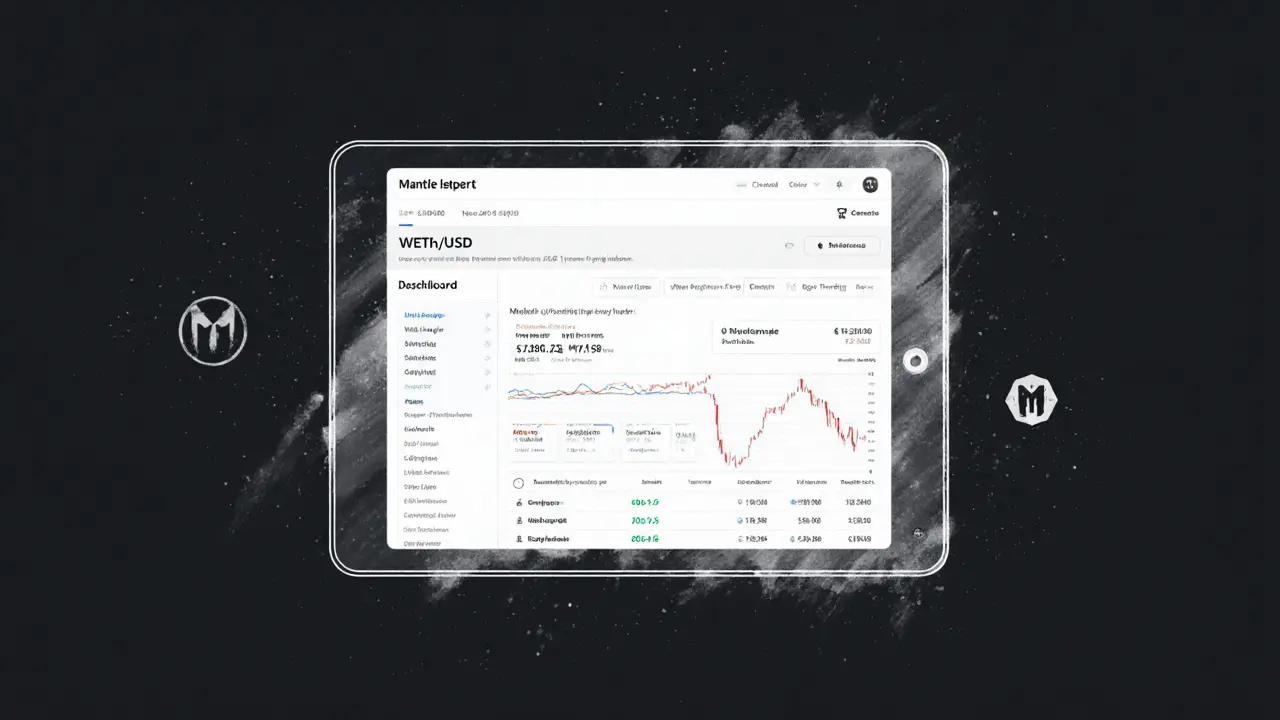
Merchant Moe Crypto Exchange Review: Zero Fees, Limited Choice, and the Mantle Network Bet
Merchant Moe is a zero-fee decentralized crypto exchange on the Mantle Network. It offers spot and futures trading with no fees, but only supports 9 coins and has very low liquidity. Best for experienced users already in the Mantle ecosystem.
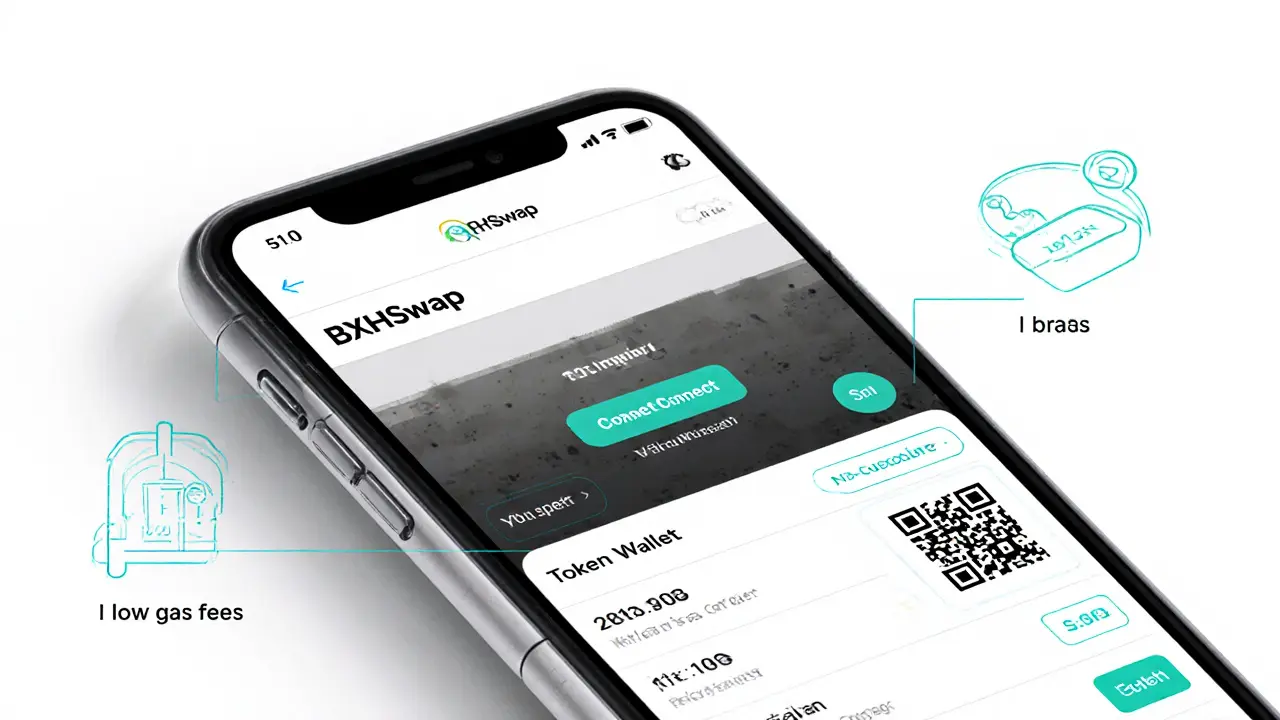
BXH Crypto Exchange Review: In‑Depth Look at BXHSwap DEX (2025)
A concise BXH crypto exchange review covering features, fees, security, pros, cons, and a side‑by‑side comparison with Uniswap and PancakeSwap for 2025.
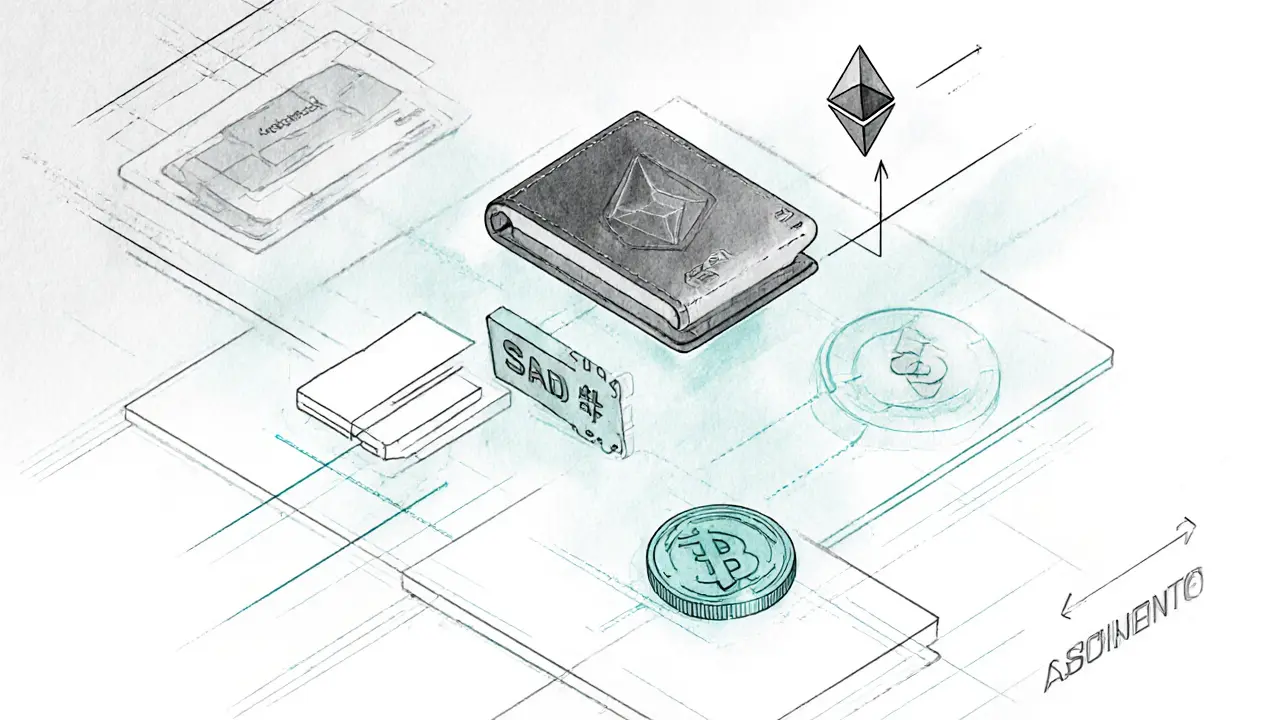
Unifi Protocol DAO Crypto Exchange Review: What It Actually Is and How uTrade Works
Unifi Protocol DAO isn't a crypto exchange-it's a DeFi ecosystem with uTrade as its decentralized swap platform. Learn how UNFI works, why liquidity is low, and whether it's worth using in 2025.
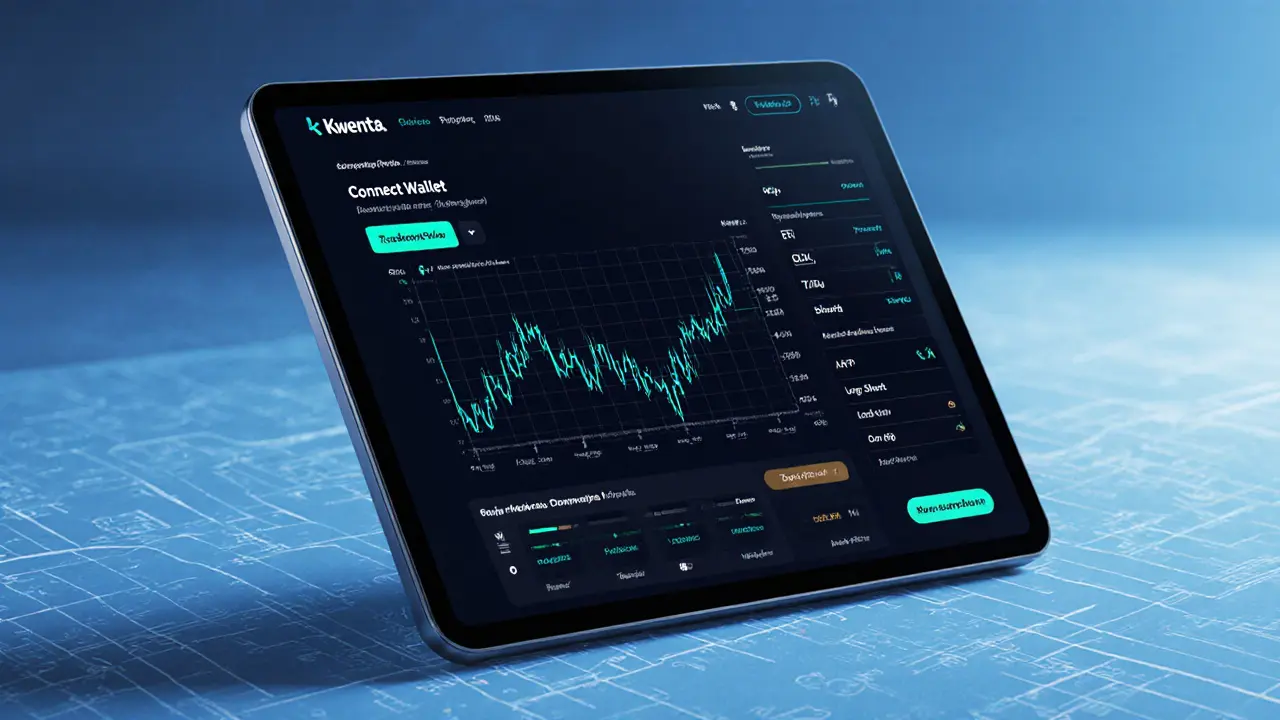
Kwenta Crypto Exchange Review - Decentralized Derivatives Platform Overview
A comprehensive review of Kwenta, the decentralized derivatives exchange built on Synthetix, covering how it works, fees, token outlook, and how it stacks up against competitors.
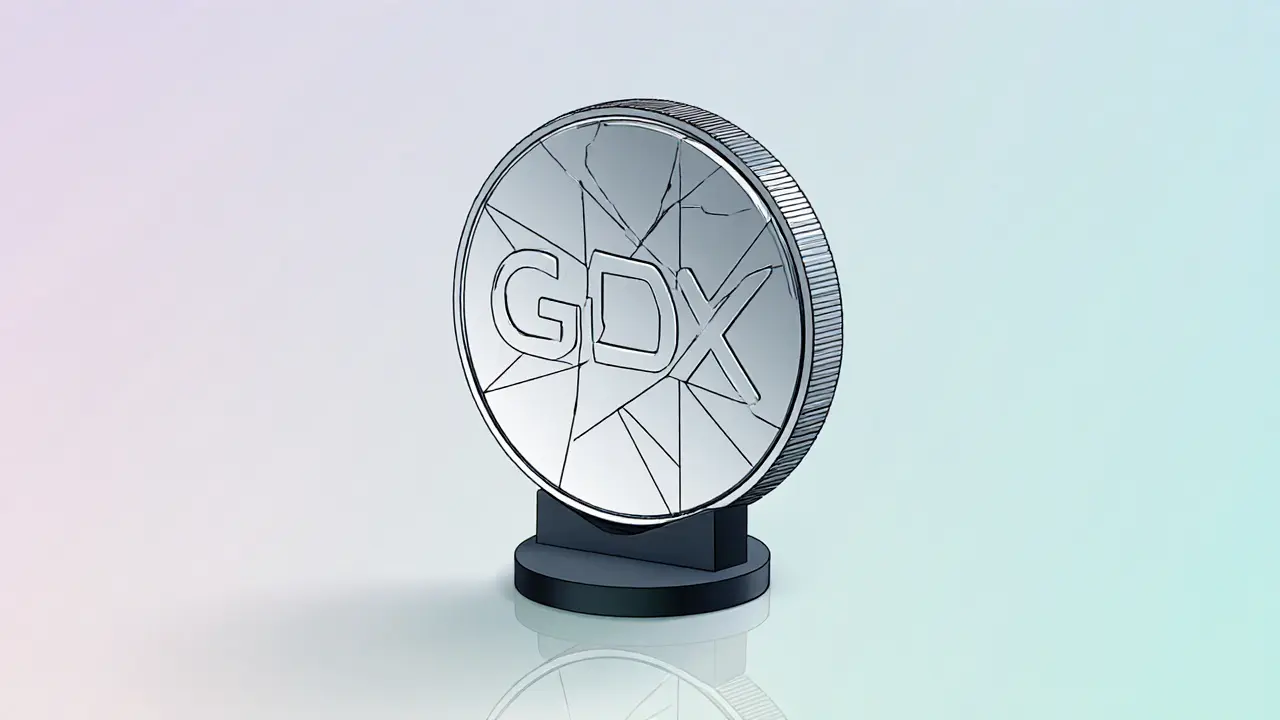
Gridex (GDX) Crypto Coin Explained - How the Decentralized Order‑Book DEX Works
Gridex (GDX) is a decentralized order‑book DEX on Ethereum and Arbitrum. Learn how its GMOB model works, tokenomics, market status, and whether it fits your crypto strategy.
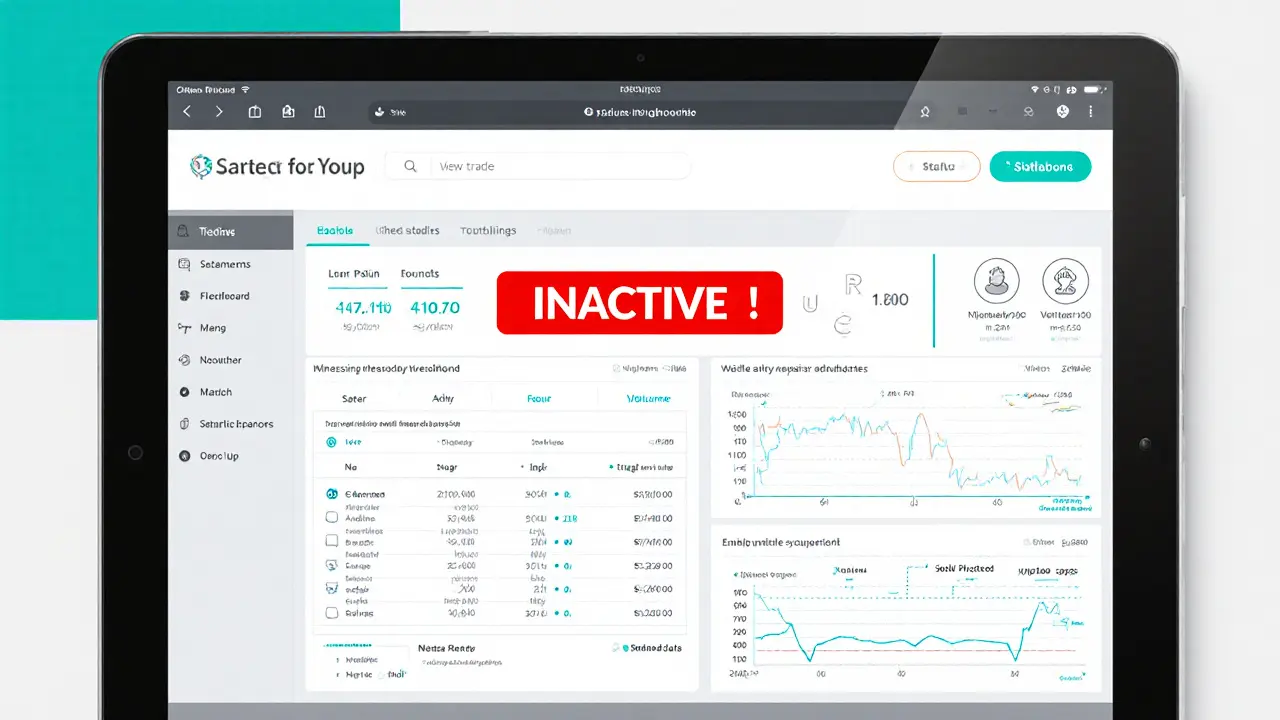
EtherFlyer Crypto Exchange Review - DEX Status, Transparency & Risks (2025)
A detailed 2025 review of EtherFlyer crypto exchange, covering its launch, transparency gaps, user feedback, regulatory context, current non‑operational status and why traders should avoid it.
